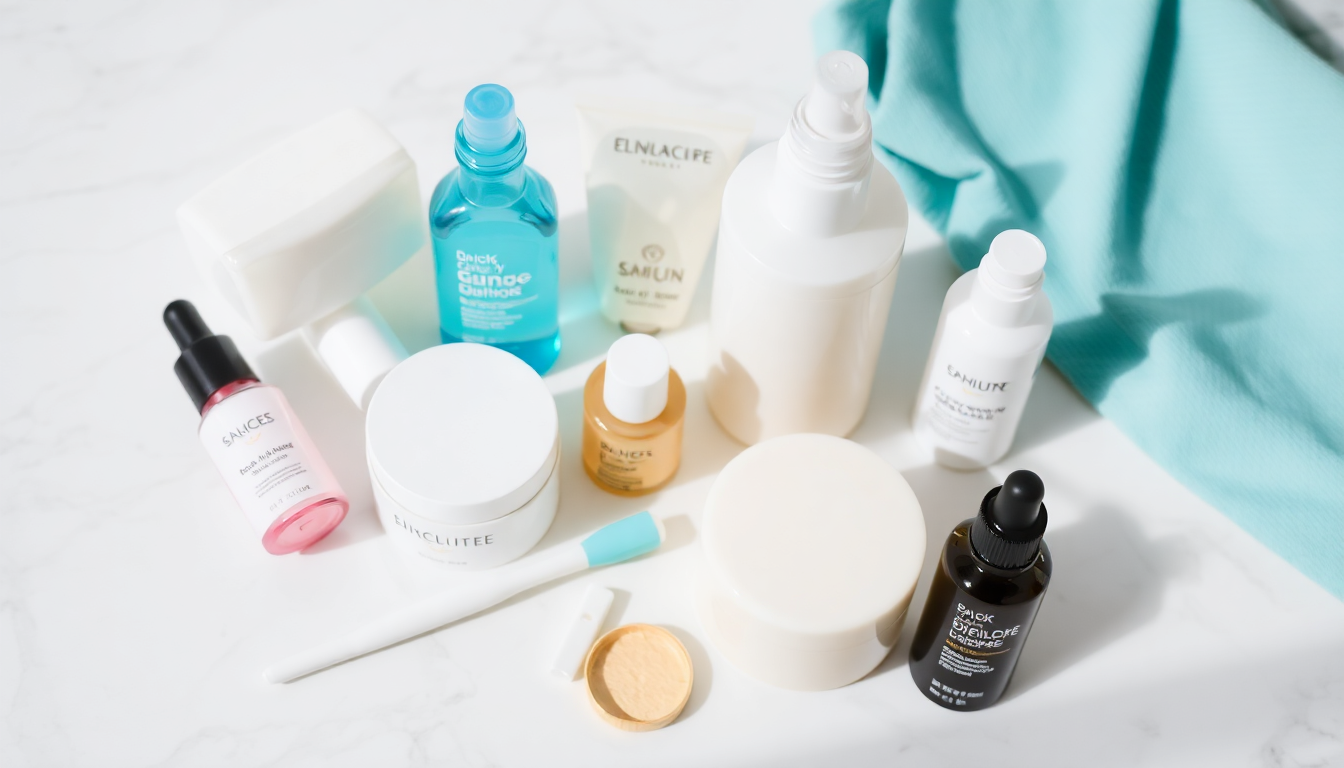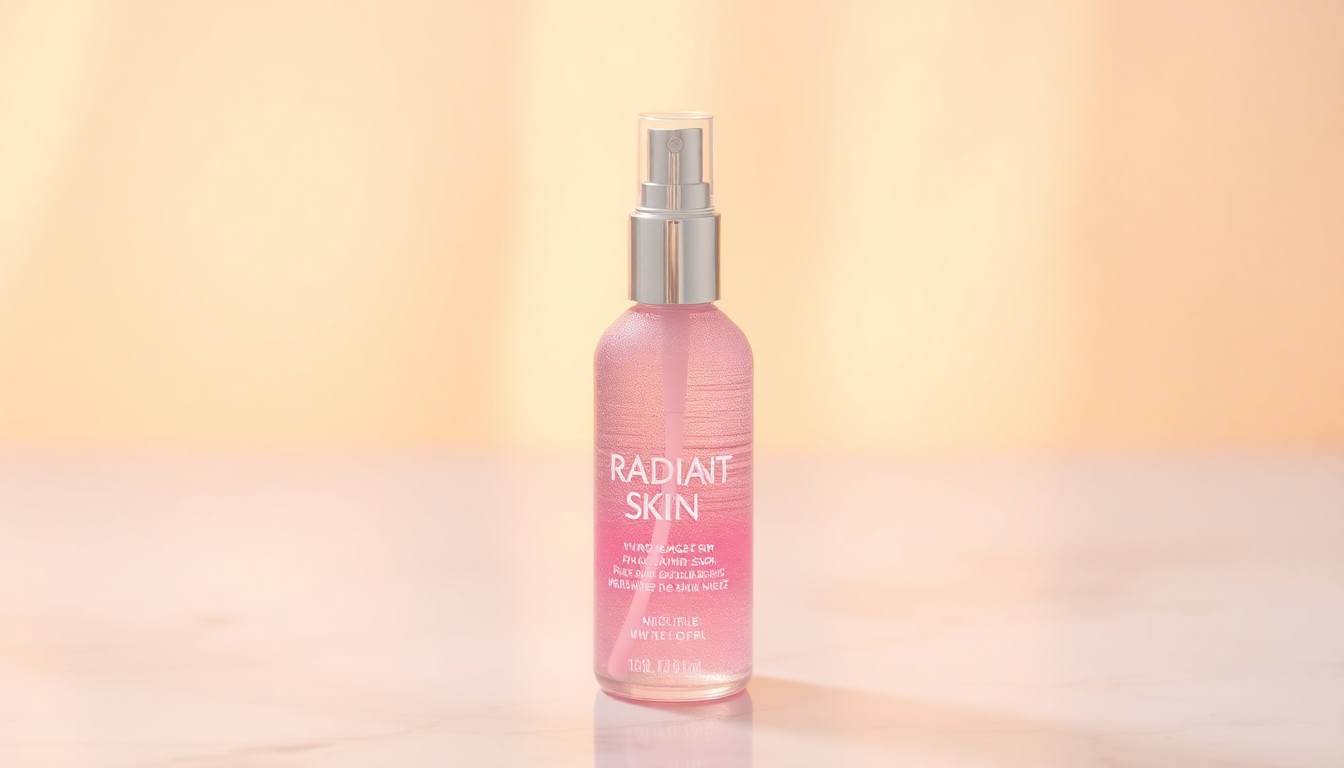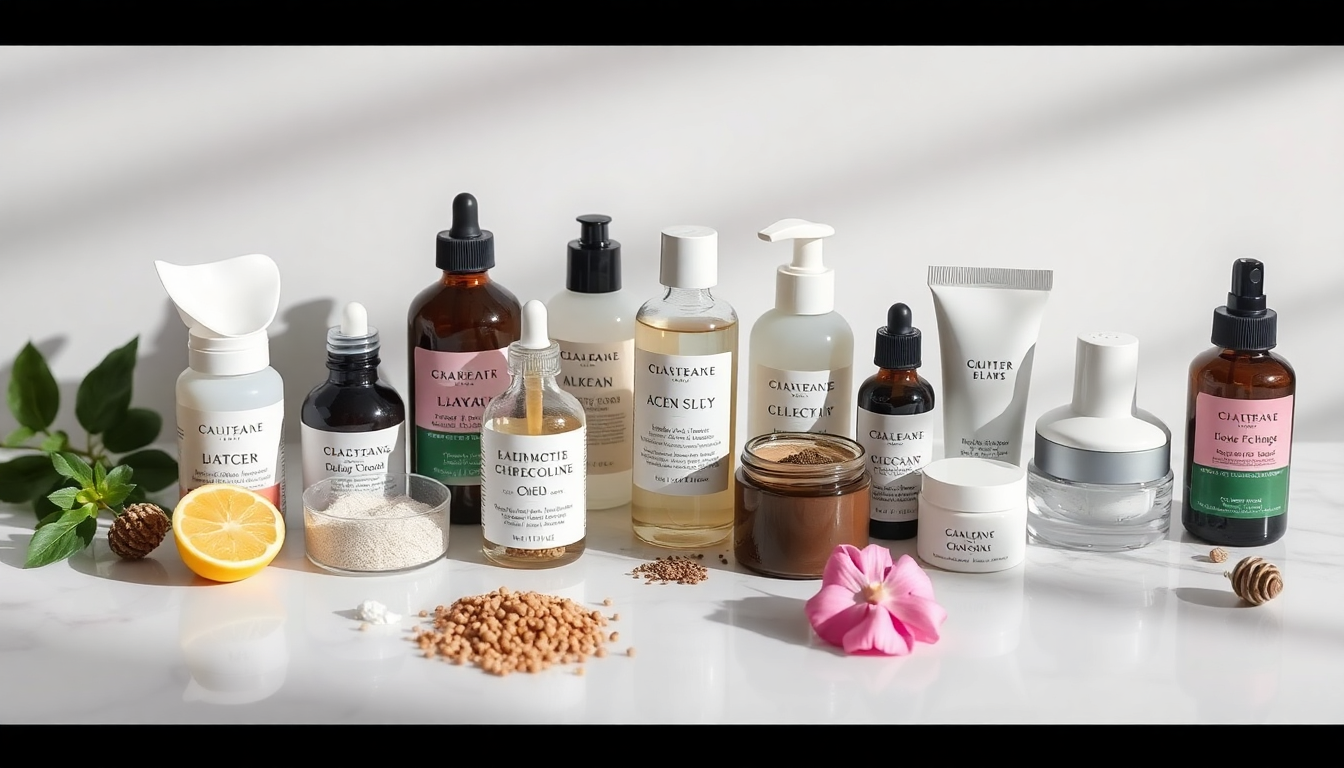Introduction
In 2025, skincare has reached new heights with innovations that allow us to customize our routines and address individual concerns more effectively than ever before. Healthy, radiant skin is not just about appearance—it reflects overall wellness and self-care. Whether you're battling stubborn acne, dryness, uneven skin tone, or early signs of aging, this comprehensive guide will equip you with actionable solutions to achieve and maintain your best skin.
From understanding the root causes of common skin issues to exploring the latest skincare technologies and lifestyle adjustments, this article covers everything you need to know to confidently tackle your skin concerns in 2025.
Understanding Common Skin Concerns
Skin is the body's largest organ and is affected by a multitude of internal and external factors. Recognizing your skin type and specific concerns is the first step toward effective treatment. Here are some of the most prevalent skin issues:
- Acne: A chronic inflammatory condition resulting from clogged pores, excess sebum, bacteria, and sometimes hormonal changes. Acne can manifest as whiteheads, blackheads, papules, pustules, cysts, or nodules.
- Dryness and Dehydration: Dry skin lacks oil (sebum), while dehydrated skin lacks water. Both conditions can cause tightness, flakiness, and a dull complexion.
- Hyperpigmentation: Uneven dark patches caused by excess melanin production due to sun damage, post-inflammatory responses, or hormonal fluctuations such as melasma.
- Signs of Aging: Includes wrinkles, fine lines, sagging, loss of firmness, and uneven texture caused by collagen breakdown, oxidative stress, and environmental damage.
- Sensitivity and Redness: Skin that easily reacts to stimuli such as harsh products, environmental triggers, or underlying conditions like rosacea.
- Uneven Texture and Enlarged Pores: Often related to excess oil production, aging, or inadequate exfoliation.
Step-by-Step Solutions for Each Skin Concern
1. Acne Management
Acne requires a multi-faceted approach targeting the underlying causes:
- Cleansing: Use gentle, non-comedogenic cleansers twice daily to remove excess oil and impurities without stripping the skin.
- Active Ingredients: Incorporate proven acne-fighting agents:
- Salicylic Acid: A beta hydroxy acid (BHA) that exfoliates inside pores and reduces inflammation.
- Benzoyl Peroxide: Kills acne-causing bacteria and reduces oiliness.
- Retinoids: Promote cell turnover and prevent clogged pores.
- Niacinamide: Soothes inflammation and regulates sebum production.
- Spot Treatments: Apply targeted treatments to active breakouts to reduce size and redness quickly.
- Professional Treatments: Consider chemical peels, laser therapy, or blue light therapy under dermatological supervision for persistent acne.
- Avoid: Picking or squeezing pimples to prevent scarring and pigmentation.
2. Combatting Dryness and Dehydration
Maintaining a well-hydrated skin barrier is crucial for a healthy glow:
- Hydrating Cleansers: Avoid harsh soaps; opt for creamy, moisturizing cleansers.
- Moisturizers: Choose products with ingredients that lock in moisture:
- Hyaluronic Acid: Attracts and holds water in the skin.
- Ceramides: Help restore the skin’s natural barrier.
- Glycerin and Squalane: Provide long-lasting hydration and softness.
- Humectants and Occlusives: Use layered products to draw moisture and seal it in.
- Limit Exposure: Reduce hot showers, harsh winds, and indoor heating which exacerbate dryness.
3. Addressing Hyperpigmentation and Uneven Skin Tone
Brightening the complexion safely and effectively requires consistent care:
- Sun Protection: Daily application of broad-spectrum SPF 30 or higher is non-negotiable to prevent worsening pigmentation.
- Brightening Ingredients: Target melanin production with:
- Vitamin C (L-ascorbic acid): A powerful antioxidant that lightens dark spots and boosts collagen.
- Niacinamide: Reduces pigment transfer and improves skin barrier function.
- Alpha Arbutin: Inhibits tyrosinase enzyme involved in melanin synthesis.
- Kojic Acid and Licorice Extract: Natural inhibitors of pigmentation.
- Exfoliation: Gentle chemical exfoliants like alpha hydroxy acids (AHAs) promote cell turnover and fade pigmentation.
- Professional Options: Chemical peels, microdermabrasion, and laser treatments can accelerate results under expert care.
4. Fighting Signs of Aging
Anti-aging strategies focus on prevention and repair:
- Retinoids: The gold standard for boosting collagen, improving texture, and reducing fine lines.
- Antioxidants: Vitamins C and E, green tea, and resveratrol protect skin from oxidative damage.
- Peptides: Stimulate collagen and elastin production to maintain firmness.
- Moisturization: Keeps skin plump and reduces the appearance of wrinkles.
- Sun Protection: Prevents photoaging, which accounts for up to 80% of visible skin aging.
- Professional Treatments: Microneedling, radiofrequency, and fractional lasers promote skin tightening and rejuvenation.
5. Caring for Sensitive and Redness-Prone Skin
Gentle care is essential to calm irritated skin and strengthen its barrier:
- Avoid Irritants: Fragrances, alcohols, and harsh exfoliants can worsen sensitivity.
- Use Soothing Ingredients: Aloe vera, chamomile, allantoin, and centella asiatica help reduce inflammation.
- Patch Test New Products: To prevent adverse reactions.
- Consider Barrier Repair Creams: Formulations rich in ceramides and fatty acids.
- Consult a Dermatologist: For persistent redness or suspected rosacea.
Leveraging Advanced Skincare Technologies in 2025
The skincare landscape in 2025 benefits from technological breakthroughs that enhance treatment efficacy and personalization:
- AI-Powered Skin Analysis Apps: These apps use machine learning and smartphone imaging to analyze skin condition and recommend tailored product regimens.
- LED Light Therapy Devices: Available for home use, these devices use specific light wavelengths to reduce acne-causing bacteria, soothe inflammation, and stimulate collagen.
- Microneedling Tools: Home and professional devices create micro-injuries to boost collagen production and improve product absorption.
- Laser and Radiofrequency Treatments: Non-invasive options that target pigmentation, wrinkles, and skin laxity with minimal downtime.
- Customized Formulations: 3D printing and biotechnology enable brands to create skincare tailored to individual DNA and skin microbiome profiles.
Optimizing Lifestyle for Radiant Skin
Skincare extends beyond topical products. Lifestyle choices significantly affect skin health:
- Hydration: Drinking at least 8 glasses of water daily helps maintain skin moisture and flush toxins.
- Nutrition: A diet rich in antioxidants, essential fatty acids, vitamins, and minerals supports skin repair and defenses:
- Fatty fish, nuts, and seeds provide omega-3 and omega-6 fatty acids.
- Fruits and vegetables supply vitamins C and E.
- Whole grains and lean proteins aid in tissue repair.
- Regular Exercise: Boosts circulation and promotes detoxification through sweating.
- Stress Reduction: Chronic stress elevates cortisol, which can trigger inflammation and breakouts. Techniques such as mindfulness meditation, yoga, or deep breathing are beneficial.
- Sleep Hygiene: Aim for 7-9 hours of quality sleep to allow skin cells to regenerate.
- Sun Safety: Wearing hats, seeking shade, and applying sunscreen protect against UV damage that accelerates aging and pigmentation.
Building a Consistent Skincare Routine
Consistency is crucial for long-term skin improvement. Here’s how to build and maintain an effective routine:
- Identify Your Skin Type: Normal, oily, dry, combination, or sensitive.
- Choose Targeted Products: Based on your primary concerns and skin type.
- Layer Products Correctly: From thinnest to thickest texture—serums before moisturizers, sunscreen last.
- Introduce Actives Gradually: To minimize irritation, introduce one active ingredient at a time.
- Adjust Seasonally: Skin changes with weather; use richer moisturizers in winter and lighter formulations in summer.
- Track Progress: Take photos and notes to monitor improvements and tweak your routine as needed.
When to Consult a Dermatologist
While many skin concerns can be managed at home, professional guidance is essential when:
- Acne is severe, cystic, or leading to scarring.
- Unexplained rashes, persistent redness, or irritation occur.
- Hyperpigmentation or texture issues are resistant to over-the-counter treatments.
- Signs of premature aging cause distress or worsen rapidly.
- You desire advanced treatments like prescription retinoids, chemical peels, or laser therapies.
A dermatologist can provide accurate diagnosis, prescribe medical-grade treatments, and tailor therapies to your specific needs.
Conclusion
The quest for healthy, radiant skin in 2025 is more achievable than ever thanks to personalized skincare, advanced technologies, and mindful lifestyle choices. By understanding your unique skin concerns and committing to a consistent, well-informed routine, you can transform your skin’s health and appearance.
Remember that skincare is a journey—progress takes time, patience, and adaptability. Embrace the innovations and knowledge available this year to confidently face your skin concerns and reveal your natural glow.




اترك تعليقًا
تخضع جميع التعليقات للإشراف قبل نشرها.
This site is protected by hCaptcha and the hCaptcha Privacy Policy and Terms of Service apply.